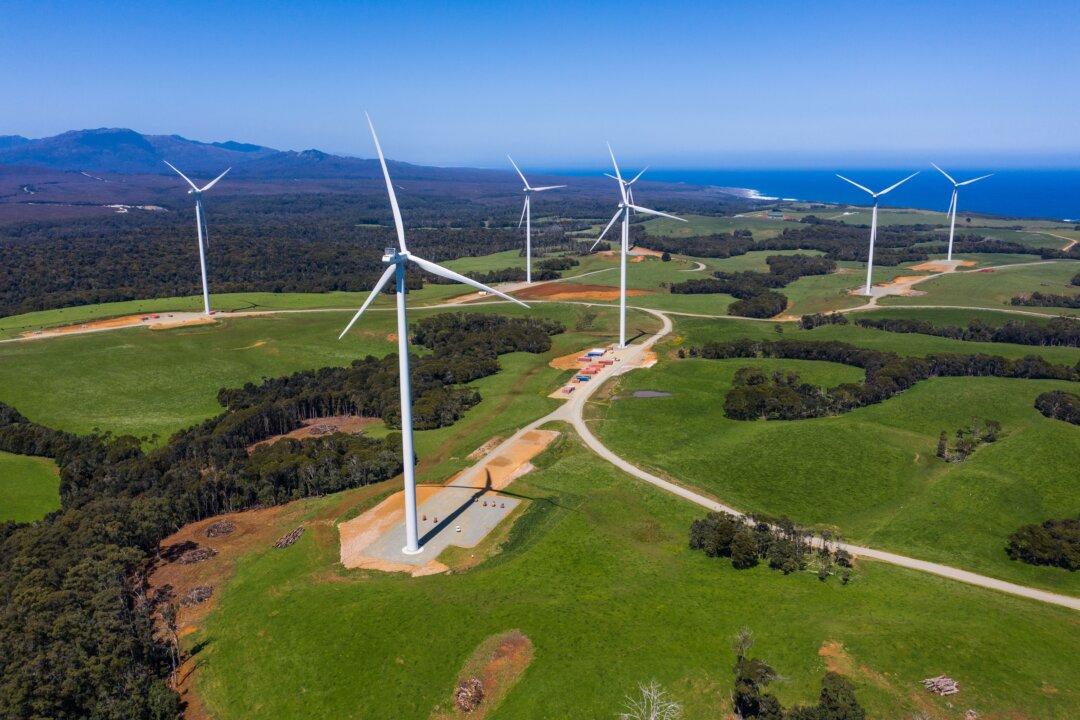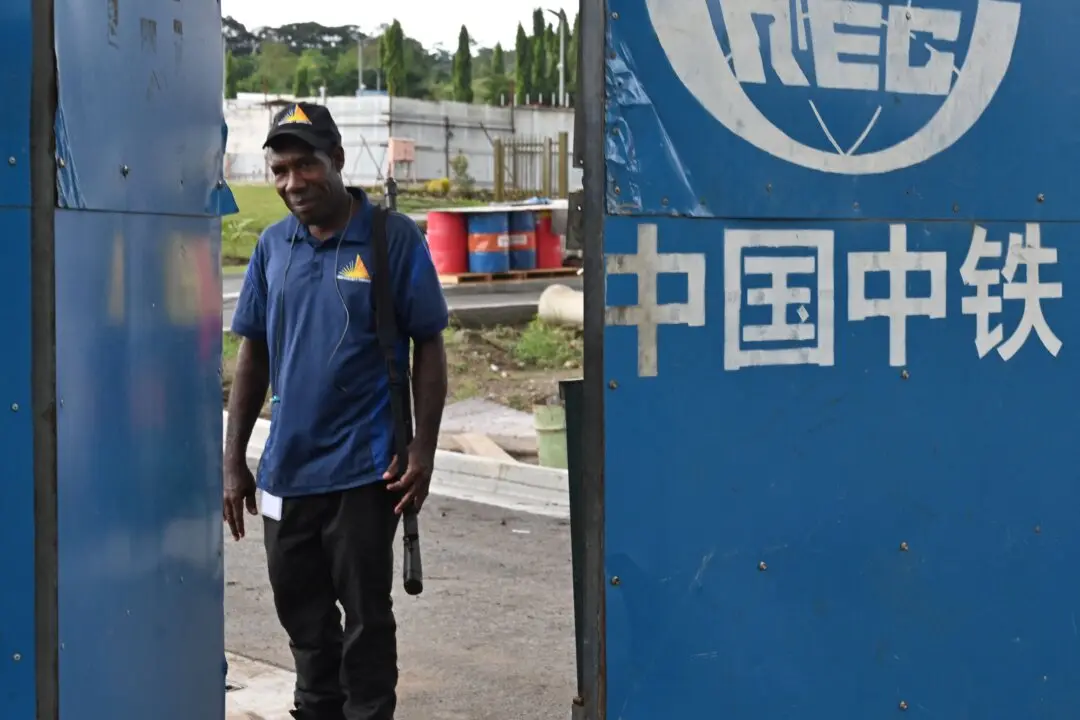In Australia, landholders or farmers could be the ones to bear the costs of taking down wind turbines at their end of life.
Andrew Dyer, the country’s energy infrastructure commissioner says he has seen several “questionable agreements” between renewable companies and landholders that could leave the latter saddled with millions of dollars in decommissioning bills.





